Tobe Hooper Is Dead … Long Live Lifeforce!
Director Tobe Hooper, the man who helped alter horror forever in the transgressively transformative 1970s with the original Texas Chain Saw Massacre, died at age 74 last weekend. Although the 1974 Chain Saw Massacre (yes, it’s two words, dammit) is Hooper’s most important work, he leaves behind a filmography of strange and, shall we say, eclectic quality. His other movies include the swamp-sploitation Eaten Alive; a notorious Stephen King adaptation, The Mangler; a quite good Stephen King television adaptation, Salem’s Lot; a remake of Invaders from Mars; his own black-comedy sequel to Texas Chain Saw Massacre (now with Chainsaw as a single word); a likable classic-era slasher, The Funhouse; and a remake of ‘70s sleaze The Toolbox Murders.
There’s also a film called Poltergeist on his resumé. The most financially successful movie of Hooper’s career, it also has a large asterisk next to it, as the question of who actually directed the film remains a point of contention. I’m not rehashing that debate now, because I have a bizarre nude space vampire epic to look at.
Lifeforce, Hooper’s 1985 science-fiction horror film, is receiving plenty of press in the wake of the director’s death. The Texas Chain Saw Massacre is his principal legacy, but most people would rather not relive this existential nightmare of brutality for the purpose of a eulogy. Despite the minimal amount of on-screen gore — the film is far bloodier in memory than actuality — this original visit to a backwoods Texas family of cannibals is a descent into unrelieved madness that leaves most audiences scarred. My first viewing The Texas Chain Saw Massacre is still one of the most depressing movie-watching experiences of my life.
Watching Lifeforce, however, is all about joy. This is a sprawling, wonderful, insane, bizarre, ridiculous, beautiful work of big-budget dementia. It should not exist. Not as a $25 million tentpole movie in the same summer as Back to the Future.
Lifeforce is the result of Cannon Films, ‘80s action schlockmeisters, trying to expand into the majors. Cannon’s owners Menahem Golan and Yoram Globus offered Tobe Hooper a three-picture deal, then tossed Colin Wilson’s 1976 novel The Space Vampires at him and said, “Make this.” They also gave him a budget in the range of a Star Wars film. Hooper turned around with what he called a “70mm Hammer movie,” which probably isn’t quite what Cannon Films was looking for as their blockbuster breakthrough. It definitely wasn’t what audiences were looking for in 1985, but it has given the film a special place in the cult movie pantheon.
Excuse me for being a touch lazy, but I’m going turn to the late Roger Ebert — who called Lifeforce an “underrated cinema classic — albeit one of the decidedly crackpot variety” — for a summation:
Simply put, this is one of the flat-out looniest movies ever produced, especially on this size and scale. Imagine the fever dream of an adolescent boy obsessed with sci-fi and in the early throes of his fascination and fear of the opposite sex and you might begin to get a grasp on what is in store, though most of you probably would not have included a weirdly rousing Henry Mancini score into the mix.
(Re: The score. If you only associate Henry Mancini with comedy and pop-scores, his music here that borders on Miklós Rózsa religious epic intensity will remix your mind. One of the cues is titled “Horny Alien / London Burns,” which works as an alternate poster tagline.)
As source material, Colin Wilson’s The Space Vampires encourages plenty of weirdness. Wilson was a captivating combination of philosopher, science-fiction novelist, and paranormal cheerleader. If Dan Ackroyd were a philosopher, he’d be Colin Wilson. The Space Vampires uses the dressings of SF horror for one of Wilson’s explorations of his “Faculty X” theory of hidden human mental powers waiting to be unlocked. It’s already an odd starting point for a movie, although stripping everything down to the title monsters has potential for a standard B-horror flick. Lifeforce isn’t that movie, since Wilson’s philosophical leanings and interest in human sexual energy still make it awkwardly into the final product through the Van Helsing-esque character of Dr. Hans Fallada (Frank Finlay). By the way, the script was co-written by Dan O’Bannon. Yeah, Alien and Dark Star Dan O’Bannon.
A short synopsis makes Lifeforce sound straightforward: energy-draining, body-possessing aliens discovered in a spaceship hidden in Halley’s Comet attack Earth, and the astronaut who first found them must use his psychic connection to the female vampire alien to avert an apocalypse. But even the slightest exploration under the surface unveils a muddle of a story. It lurches from tone to tone, genre to genre, gonzo set-piece to gonzo set-piece, one potential protagonist to the next. When you add in a cast of stalwart British actors playing the movie dead seriously while zombies explode in dust plumes, a stark-naked ballerina sucks energy through people’s eyes and mouths, and Steve Railsback is almost forced to open-mouth kiss Patrick Stewart while an ILM lightshow whips around them … well, this is stuff from which cult movies are born.
The movie opens with the space shuttle Churchill approaching Halley’s Comet during its closest pass to Earth, which was a timely reference in 1985. After the exploration of the space vampire’s Gothic ship and its sexualized interior passages, the film shifts forward in time to London and the first encounters with the grotesque victims of the vampire’s energy-draining powers. Original protagonist, Col. Tom Carlsen of the Churchill, checks out at this point and a cast of BBC and RSC regulars, including Peter Firth, Frank Finlay, Michael Gothard, and Aubrey Morris, takes over as business-as-usual Brits reacting calmly to scenes of bursting animated corpses and a naked woman stalking a government facility. Peter Firth’s SAS agent Col. Caine becomes the de facto action hero, joined by Frank Finlay’s unhelpful death-lecturer Hans Fallada.
As the story shifts into a countryside pursuit of the body-snatching female alien, Carlsen makes abrupt Earthfall and the psycho-sexual aspects of the story start climbing toward the famous asylum seduction (hold on, I’m getting to that). The London scenes are almost entirely abandoned during Carlsen and Caine’s fevered country chase (Caine politely informs Carlsen that he’s a “natural voyeur” during a violent interrogation with a masochist who was possessed by the female vampire; is this strange enough for you, folks?). Then, in a neck-snapping change occurring over a single scene, total hell erupts back in London and Lifeforce becomes a bonkers zombie apocalypse with a giant energy space beast rampaging through the streets, St. Paul’s Cathedral exploding, and an apotheosis climax scored to Mancini’s version of the miracle at the end of Ben-Hur.
It’s a riot watching the seasoned British cast strut through this madness, especially big-ticket names like Patrick Stewart and Frank Finlay, an actor who once overshadowed Laurence Olivier in a stage production of Othello. But the performances that define Lifeforce are from its two non-UK stars: Hooper’s fellow Texan Steve Railsback as Tom Carlsen and French ballerina Mathilda May as (according to the end credits) “Space Girl.”
Railsback has a rugged handsomeness befitting an astronaut-hero, but this is an actor best known for his unnerving portrayal of Charles Manson in the 1976 telefilm Helter Skelter, making his casting automatically a lurch toward abnormalcy. Railsback brings a palsied, greasy intensity to every scene once Col. Carlsen re-enters the story. He’s sweaty, exhausted, and manic, as if constantly re-awakening from his erotic vision of the female vampire visiting him. It’s strange behavior for the supposed hero of an SF horror film, but Railsback’s commitment to going to fevered lengths of obsession is yet another Something to See in a film loaded with Somethings to See.
Speaking of something to see: we now arrive at the nude space vampire in the room. Mathilda May, a Parisian ballet dancer who was selected for a part five hundred other actresses turned down, is probably the most talked-about part of Lifeforce — if for no other reason than her almost continual full-frontal nudity. All the snickering jokes aside, May delivers a remarkable physical performance. The space vampires drain the essential life force from humans, which both the book and movie convey as an inherently sexual power. The Space Girl, as the leader of the three vampires (the two males have minimal presence in the film), must portray an overmastering ability to be a sexual igniter in men and women. According to one of her near-victims, “She was the most overwhelmingly feminine presence I have ever encountered. I was drawn to her on a level … [sexual] Overwhelmingly so, and horrible. Loss of control.” In the Space Girl’s first scene using her vampiric abilities, where she rises from an operating table to lure a guard, Mathilda May’s presence conveys her power with a hypnotic physical language. She carries this allure through the entire film, and it comes from more than her appearance; much of it derives from her dance training that creates an uncanny, alien movement.
In the movie’s most notorious scene, the Space Girl uses the body of Dr. Armstrong (Patrick Stewart) at a sanitarium to attempt to seize control of Carlsen. Instead of taking the less risky route of primarily showing the Space Girl’s form as she tries to pull Carlsen into kissing her — i.e. what Carlsen would see (“I am the feminine in your mind, Carlsen”) — the scene only sporadically shows Mathilda May and mostly has Patrick Stewart doing the seduction. So we have a scene of a trembling Steve Railsback trying to stop himself from lustfully kissing Patrick Stewart that is played with utter conviction. This is the pinnacle of the bizarre of Lifeforce, leaving viewers thinking, “What the hell did I just see?” This arrives just before the movie lunges into the zombie deluge and ball-lightning attack in London with the Space Girl transformed into an erotic angel figure in white, standing in a Cathedral vault and speaking of the “web of destiny.”
Lifeforce is one of the greatest movie-night gathering works of art ever produced. I love this film, I love watching it with a group of friends, and thank you Tobe Hooper for countering the depression you inflicted on me with The Texas Chain Saw Massacre by using Golan-Globus’s money to make this lunatic thing. Enjoy your post-life energy transformation among the Ubbo-Sathlans.
Everyone else still on this plane of existence can experience Lifeforce on its wonderful Scream Factory Blu-ray.
Ryan Harvey is one of the original bloggers for Black Gate, starting in 2008. He received the Writers of the Future Award for his short story “An Acolyte of Black Spires,” and his stories “The Sorrowless Thief” and “Stand at Dubun-Geb” are available in Black Gate online fiction. A further Ahn-Tarqa adventure, “Farewell to Tyrn”, is currently available as an e-book. Ryan lives in Costa Mesa, California where he works as a professional writer for a marketing company. Occasionally, people ask him to talk about Edgar Rice Burroughs or Godzilla in interviews.
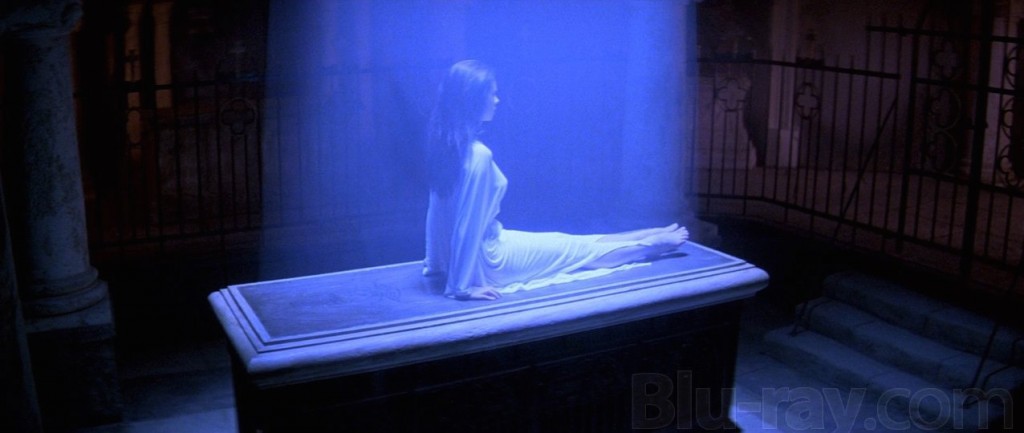
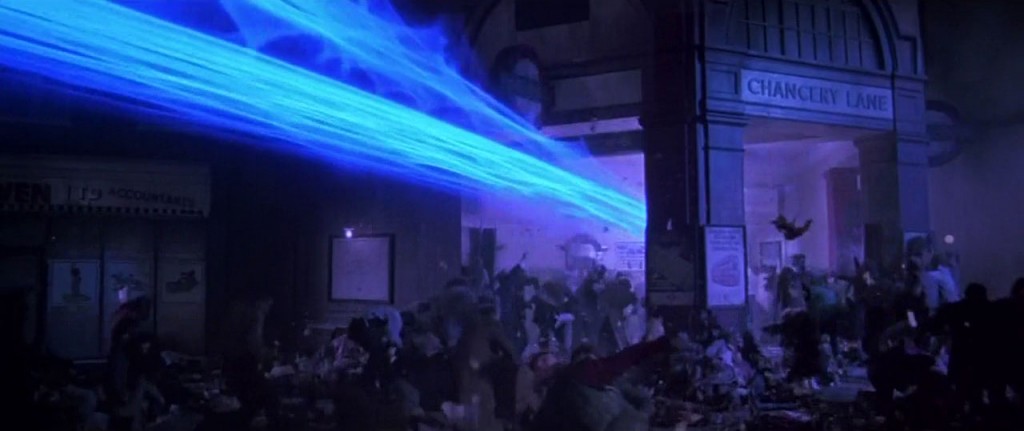
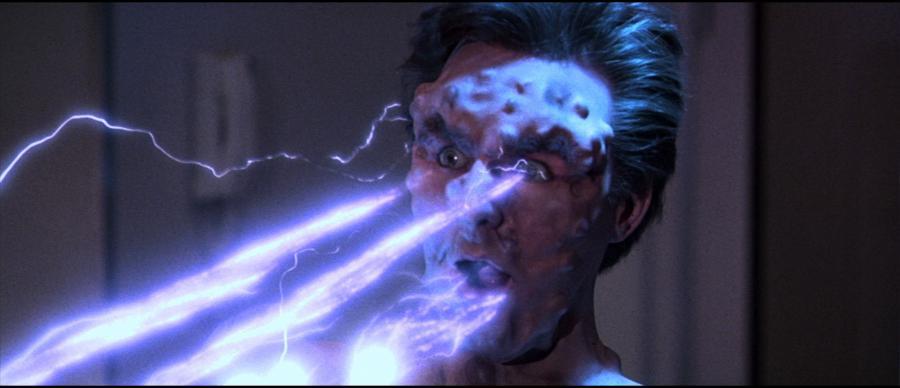
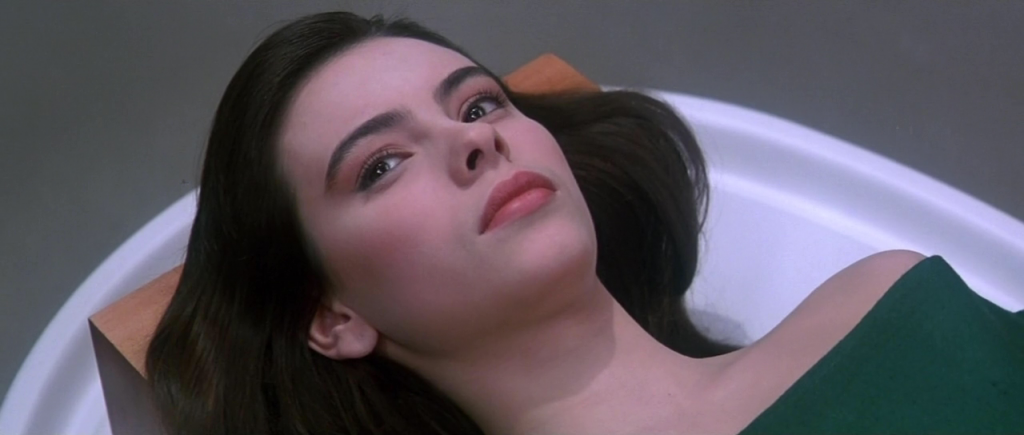
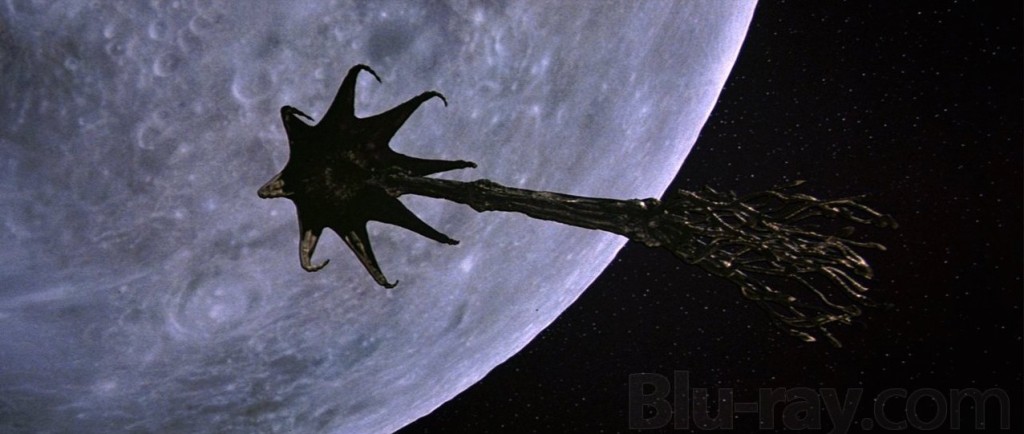
I love Lifeforce.
It’s a bad movie. It’s a very bad movie. I want to watch it again.
I’ve only seen Lifeforce once, and it was at the theater on opening day. Figured I was in for a heady blend of The Texas Chain Saw Massacre and Alien and was pretty disappointed.
The wildly disjointed plot and hokey light show special effects kept me at a distance from the film.
And I remember viewing the whole movie from a skeptical distance— except for whenever Mathilda May was on screen, when it seemed as if Lifeforce transformed into a silent movie, one-woman show starring Mathilda May on an empty stage.
There’s a gotcha/scare you when you’re not ready for it moment from Salem’s Lot that made me jump higher than any other such moment from any other movie ever has. You know the one I mean.
was Henry Mancini the guy who did the music for the original Friday the 13th?
I had actually checked the book out from the library years before seeing the film. It [the book] gave me … special feelings, as I recall.
Did Wilson also descend into full-on alien abduction crackpottery, or was that just Whitley Strieber?
@Amy, you’re thinking of Henry Manfredini. Henry Mancini is “The Pink Panther Guy.”
@Joe – Colin Wilson was primarily into the paranormal and unlocking human psychic powers rather than aliens. He was pretty extreme on the subject, however. Made for great fiction, though, like The Mind Parasites, which is one of the best expansions of Lovecraftian concepts ever written.
Don’t deny yourself a double-feature with Quatermass and the Pit, aka Five Million Years to Earth.